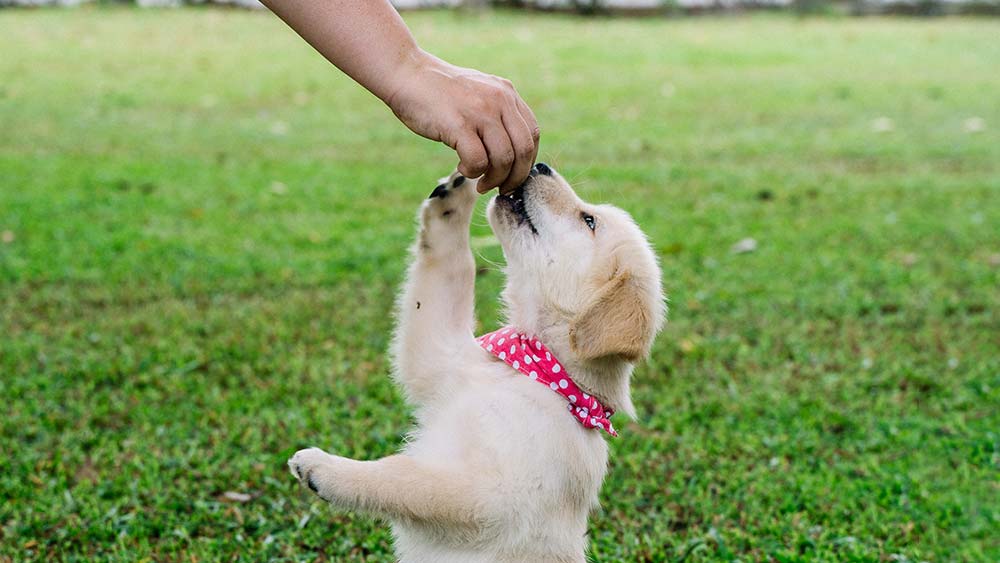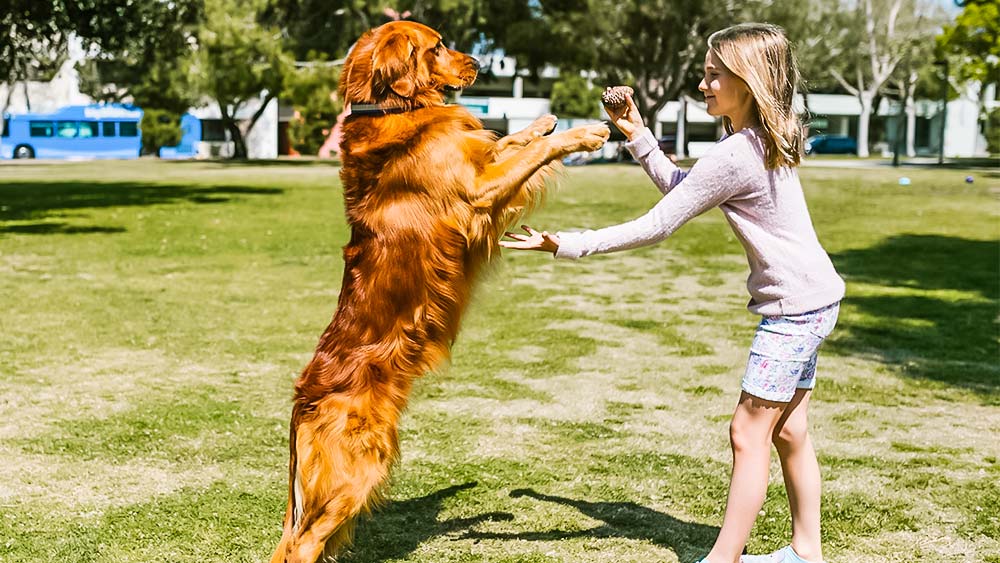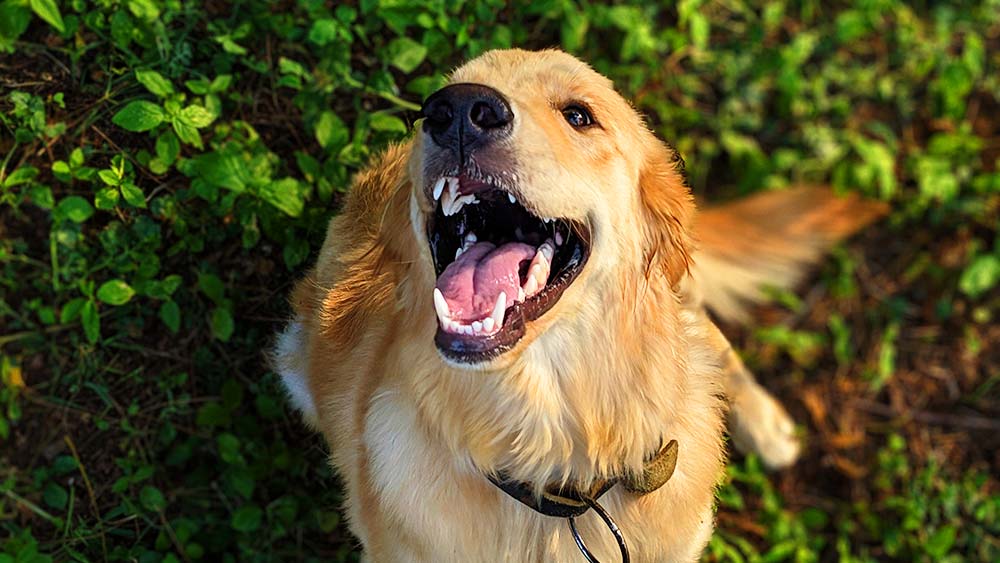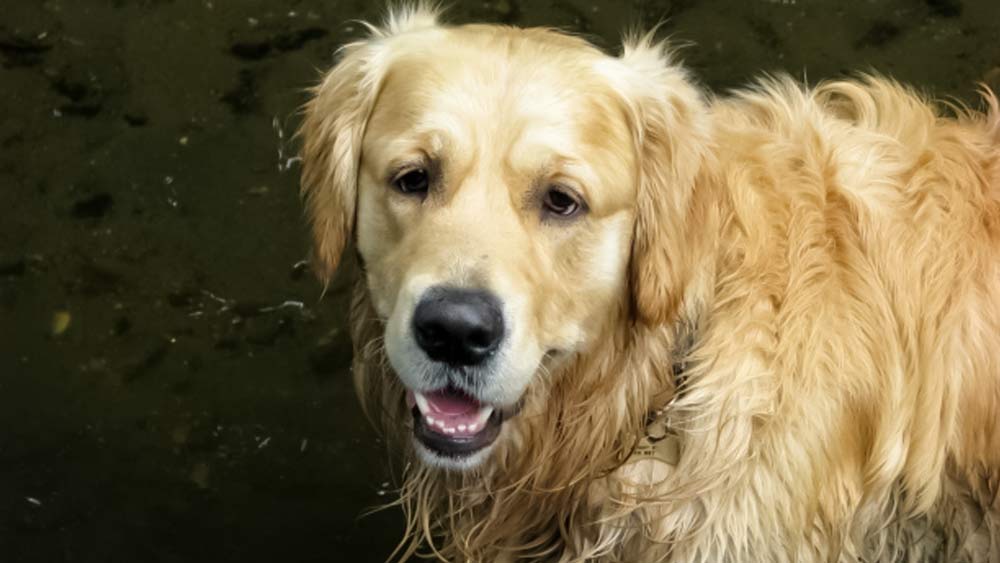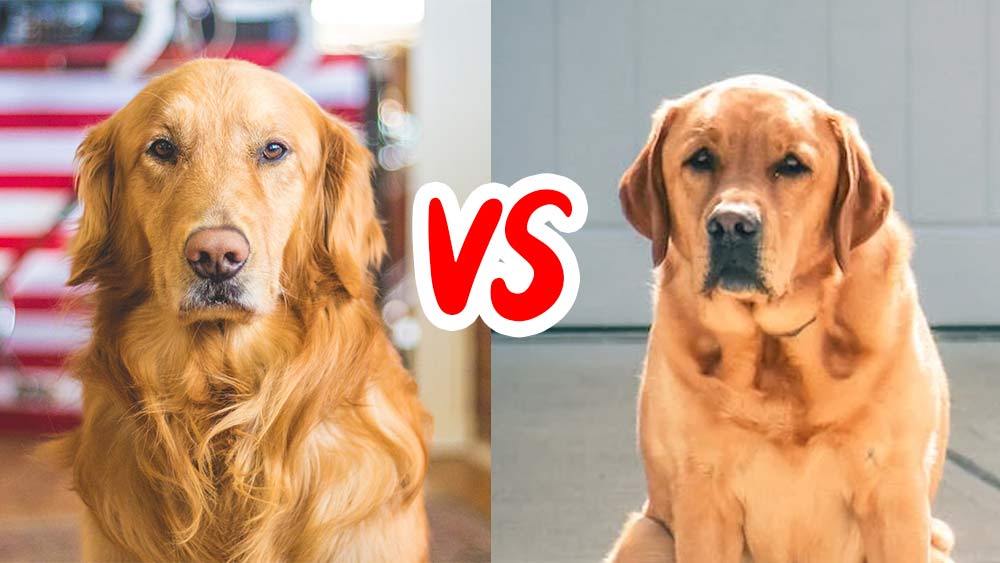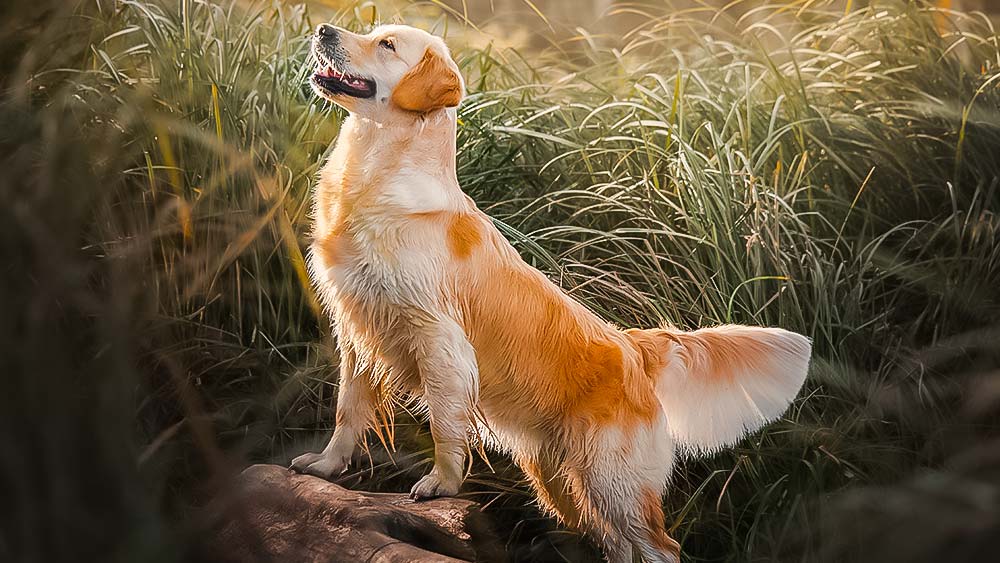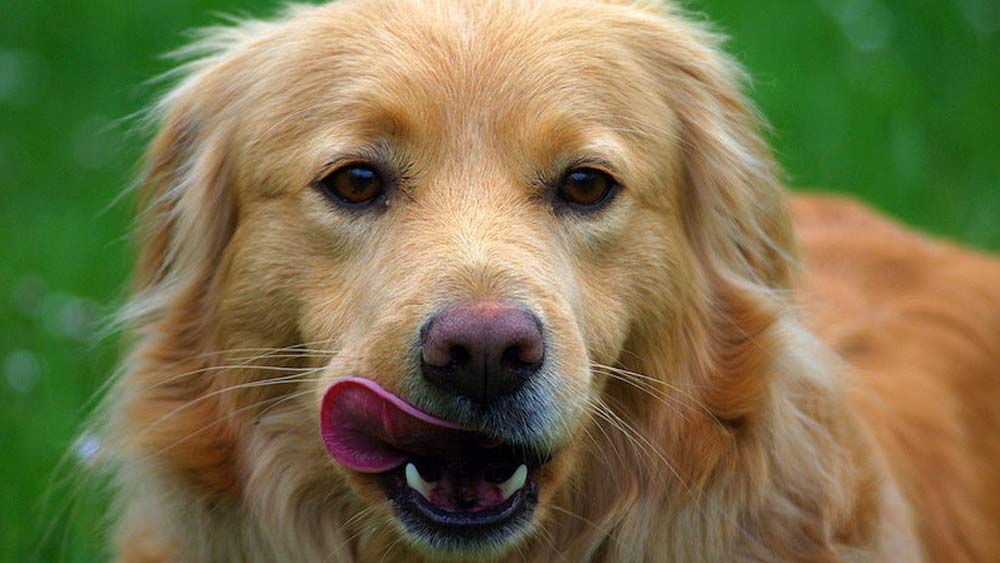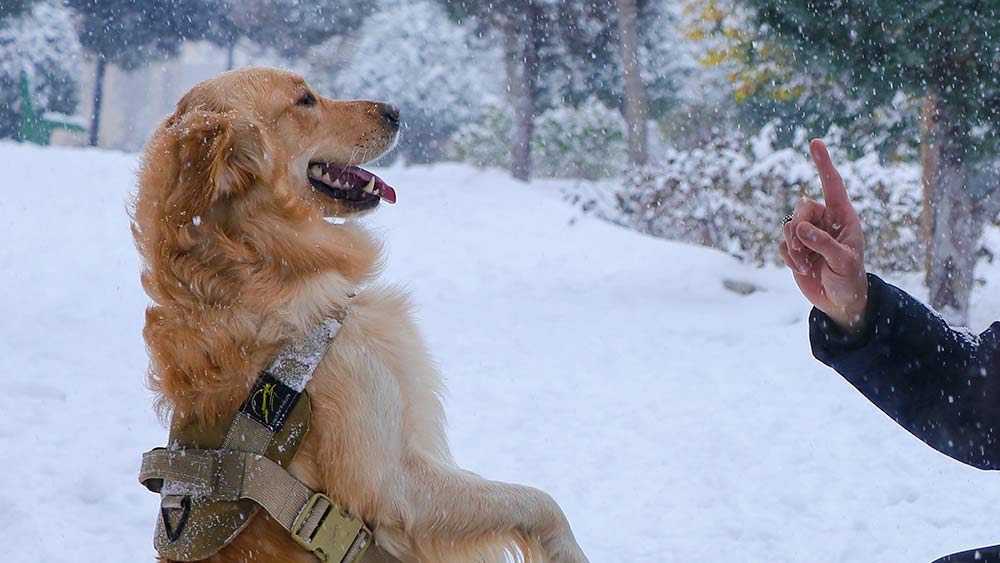As soon as your puppy, who is eight weeks old, arrives home, you can start potty training them. There are several advantages to beginning training at a young age, even though they can be a little frantic.
They won’t have hard-wired habits, so you won’t have to waste time.
Second, at this age, their brains are like sponges, eager to absorb any information you give them.
There are a few things to keep in mind, though early training can help reduce any messy accidental poops around the house. You should keep your puppy away from public areas where other dogs or wildlife gather until they have completed their entire course of vaccines.
Additionally, keep in mind that your dog is still only a puppy. And that affects how long you can anticipate them holding their bladders.
Most puppies struggle to go longer than two hours without potting at eight weeks old.
That rises to about three hours at 12 weeks. They can often hold it for 4 hours by the time they are 16 weeks old.
These recommendations won’t apply to all puppies; while some may demonstrate excellent bladder control as early as two months old, others won’t be able to do so until they are at least six months old.
Poop Accidents happen all the time, regardless of how old they are or how old they are when you start training them.
The more times you can catch one before it occurs, the better; nevertheless, keep going if you miss a few.
Potty training is not a sprint; it’s a marathon. There’s an excellent probability that everything will work out in the end, provided you’re moving more in the right way than the wrong.
How to potty train a golden retriever puppy
- Step 1: Frequently take them outside.
- Step 2: Take them to the same location.
- Step 3: Congratulate them for venturing outside.
- Step 4: Continue to Restrain Them.
- Step 5: Correctly handle potty
- Step 6: Create a Routine
- Step 7: Consider Crate Training
- Step 8: Practice Positive Reinforcement
- Step 9: Patience is Key
- Step 10: Revisit the Basics
Step 1: frequently take your golden retriever outside.
Your golden retriever puppy will be potty trained more quickly than one that occasionally has an accident poop inside if they are exclusively allowed to relieve themselves outside in the grass.
Step2: Bring them to the exact location.
Dogs prefer to relieve themselves where they can smell their previous poop; thus, putting them in the exact location each time will train them where to relieve themselves.
To control this need, check step 5 because it can boomerang on you if they have an accident poop.
step3. Congratulate them for venturing outside.
Throw them a small celebration and some treats when they go potty, where it is appropriate to let them know they are good citizens doing so.
Step 4: Continue to restrain them.
You can take advantage of the fact that they are less likely to have an accident poop when they are in a crate by placing them inside whenever you can’t see them.
Of course, please don’t keep them inside for too long.
Step 5: Correctly handle potty
Dogs like to go where they can smell their previous poop, as we mentioned in step 2.
If your dog has an accident poop inside the home, be sure to thoroughly clean the area using an enzyme cleaner, which removes the stain (unlike conventional soap and water), so your puppy won’t be able to smell it.
Step6. Create a Routine
Although you shouldn’t always set your watch by your dog’s bladder, you can get a reasonably accurate sense of the potty time.
Golden retriever Puppies are creatures of habit and constantly need to go to the potty following a drink, meal, play session, or nap.
It pays to establish a routine if you want to make life simpler for yourself (and your carpet, too).
You obviously can only take into consideration some things. However, you’ll catch more potty accidents than you miss if you can plan your schedule around their usual activities and then time their potty breaks accordingly.
Establish specific meals, naps, and play hours, and be sure to get outside after each activity.
Step7. Consider Crate Training
You can teach your dog to develop good toilet habits in many ways.
The most well-liked method is crate training.
The basic idea is that dogs detest eliminating or urinating in their sleeping areas.
You can help them learn self-control by putting them in a crate for naps or unsupervised time.
There are difficulties associated with crate training. Just bear in mind one thing if you decide to use a box. Although it might be a handy tool for potty training, it could be better.
Whether in the crate or not, your dog will go potty if they genuinely need to.
By limiting crate sessions to the time they can properly be expected to “hold it,” you can prevent pushing them above their physical limits.
Your golden retriever puppy must learn that going potty is done outside the house or apartment. And you, the owner, must be patient and calm until they learn it.
Step8.Practice Positive Reinforcement
Golden retrievers like winning your favor. They’re likely to persist if they know they please you.
Utilize their desire to please you by using positive reinforcement techniques.
When they relieve themselves outside, congratulate them and give them a pleasant treat.
Golden Retrievers are ruled by their tummies. Therefore it won’t be long until your praise and their satiated appetite convince them that using the restroom outside is far more profitable than going potty under your couch.
Step9. Patience is Key
Puppies, Golden Retrievers in particular, are prone to distraction.
They will only remember they’re urgent need to urinate once they get back inside the home, and it will be too late to do anything about it if they see a pretty leaf, a squirrel, or even a fancy-looking cloud.
The best thing you can do to prevent a domestic accident, other than hoping maturity sets in sooner rather than later, is to allow them time.
Mark off a specific yard section as their potty if you haven’t previously. It should ideally be in a peaceful area away from disturbances.
When it’s time for a potty break, put your dog’s leash on and lead them to the location. After that, wait. Then wait for a while more.
Give them time to observe what is going on, take in what they need, and then remember that it is time to urinate.
It could take between 10 and 15 minutes; with really young or hyperactive puppies, it could even take longer. Give them whatever time they require. They’ll eventually understand precisely what is expected of them.
Step10: Revisit the Basics
When potty training a dog, it’s simple to feel overextended. Despite their intelligence and cunning, they are only pups, and accidents will inevitably occur.
Even though accidents are unavoidable, standard, and completely normal, don’t hesitate to ask for assistance if you need it.
The best course of action is usually to avoid expecting everything to work itself out.
Consider spending some time with the Potty Training Made Easy Course to review the fundamentals if something needs to be fixed or you need to be sure you’re on the right track. It will lead you step-by-step through the procedure, pointing out frequent errors and providing the motivation to continue in the right direction.
i congratulate you to making it this far on this long article. so to get your levels up, watch this video compilation of the most cutest golden retriever puppies. so adorable!
How long can a dog hold their potty?
When we discuss how long our pets should be left alone at home, potty needs frequently arise. How long can dogs contain their urination, then? Although dogs can typically control their bladder for lengthy periods, it’s crucial to know when that threshold is crossed.
Sometimes we must think about how long we are asking our dogs to hold it. This article will provide a thorough understanding of your dog’s toilet needs and assist you in making the best decisions to support their urinary health, regardless of whether you frequently deal with “accidents” in the house or even if you’ve never had an issue.
A few things can affect how long dogs can keep it:
- Age
- size
- health
- Diet
Make sure you comprehend your dog’s toilet requirements and establish routines to keep him from having to hold it for an extended period. Be mindful of the following:
- The significance of a toilet schedule
- Puppy problems
Age
Age is the most well-known factor affecting how long your dog can go without going potty. Adult dogs can control their poop more than young dogs.
It takes time for the muscle that holds and releases the dog’s bladder to grow. As a result, some puppies need to use the restroom more regularly than others. Developing these muscles and teaching your dog to control its bladder is essential for potty training.
Senior dogs can also start to lose that muscle control as they age. Extra standard potty visits may result from muscle weakness, infection, motion issues, and kidney and liver characteristics.
Here is a brief chart to show you roughly how frequently your dog will need to urinate depending on age:
Puppy (<6 months) = 1-3 hours
Puppy (>6 month) = 2-6 hours
Adult (<7 years) = 6-8 hours
Senior (>7 years) = 4-6 hours
Senior (>12 years) = 2-4 hours
Size
Your pet’s physical size is another crucial aspect. A miniature or toy breed dog’s bladder is tiny compared to a giant dog. Although it doesn’t always follow that all larger dogs can hold their urine for longer, it may help with successful potty and house training. How long can a dog wait to urinate?
According to estimates, dogs urinate between 10 and 20 ml per pound of body weight. A 5-pound dog will therefore urinate between 1.7 and 3.5 ounces daily. What can their tiny dog bladders—which are not very large—hold? A half-ounce? At most an ounce?
Every dog is different, and this includes how they empty themselves. Our recommendations are only rough approximations; your dog may do significantly better or worse than these averages. Make sure the potty routine you choose is customized for your particular dog.
Health
More frequent urine in pets can result from a variety of medical issues. Diabetes, kidney stone troubles, urinary tract disorders, and even weight issues may be contributing factors.
Medications also have an impact. Some drugs may have a diuretic effect, which encourages urinating more frequently.
It’s crucial to consult your vet if you are concerned that your pet is urinating more frequently than usual. It can signify a medical problem that needs to be treated.
Diet
The kind of food you eat has a significant impact on your urinary health problems. Foods high in moisture, such as raw and wet dog food, can increase the quantity and frequency of urination. Hydration is beneficial.
Moisture-rich foods help with digestion and can wash out bacteria and toxins that accumulate in your dog’s body, even if they may make them urinate a little more frequently. Dogs on a purely dry diet, like kibble, may urinate less, but it does not necessarily imply better health.
Like people, animals can show signs of dehydration by the color of their poop. Pee that is dark yellow is not a healthy sign. It’s time to increase your dogs’ moisture levels if you find their pee is particularly dark. You may give them more water, broth, wet food, or raw bones.
Is it reasonable to start potty training your golden retriever puppy in an apartment?
Yes, golden retrievers can adjust to apartment life if you’re ready; you love your golden and are willing to put in the effort. Keep reading to learn how to raise a golden retriever in an apartment. It won’t be simple, and it might not even be legal.
Potty train golden retriever puppy in an Apartment
- Golden retriever puppies must urinate frequently.
- Locate a potty spot in your apartment
- You must choose a location where the pee pad will be placed.
The laundry room is a good choice because it’s private and far from the daily commotion of the house. Wherever you decide to go, avoid choosing a busy or crowded area. Your dog won’t relieve himself next to the pee pad, so make sure to put it as far away from where he eats, drinks, and sleeps as possible.
It’s also a sad fact that dogs still make mistakes despite the best training and intentions. So it would be best if you leaned toward a surface that is simple to clean. Once you’ve chosen a location, stay there!
In terms of toilet training dogs, consistency is crucial. Your dog will understandably need clarification about where he’s meant to pee inside if you move the pee pad to a new spot every day.
Teach Your Dog to Use the Potty
In all honesty, this stage is easier than you think, and this is where things start to get fun.
As long as it’s not too confusing, you can use any word, but be sure to use it consistently. Choose a few, such as “Go,” “Pee,” or “Potty,” then say them aloud when your dog relieves himself on the pad.
Keep Your Cool Around Your Dog
Only when you witness your dog urinating somewhere other than his designated pee pad should you take action that will startle him. For instance, you could clap your hands to get him to stop what he was doing and then direct him to the finishing pad.
Not only does screaming or losing your cool not solve the problem, but it can also increase worry, making things worse.
Yes, you should ensure your dog understands that all areas other than the specified potty area are off-limits. However, severe punishment techniques like poking his nose in the muck cause tension and avoidance.
Sum up
You and your dog don’t have to have an awful experience potty training. When done correctly, potty training may serve as an excellent opportunity for family connection. So, until your dog is entirely potty training, be patient and keep pushing them to utilize the designated potty area. Remember that potty training your dog in an apartment does not exempt you from taking him on regular walks outside.
Your dog needs to be active and social for a happy and healthy life. Additionally, you want to urge them to develop the ability to relieve themselves outside when required. The important things to keep in mind are perseverance and patience. Even if your dog has trouble potty training, don’t give up on them, and try not to get frustrated.



